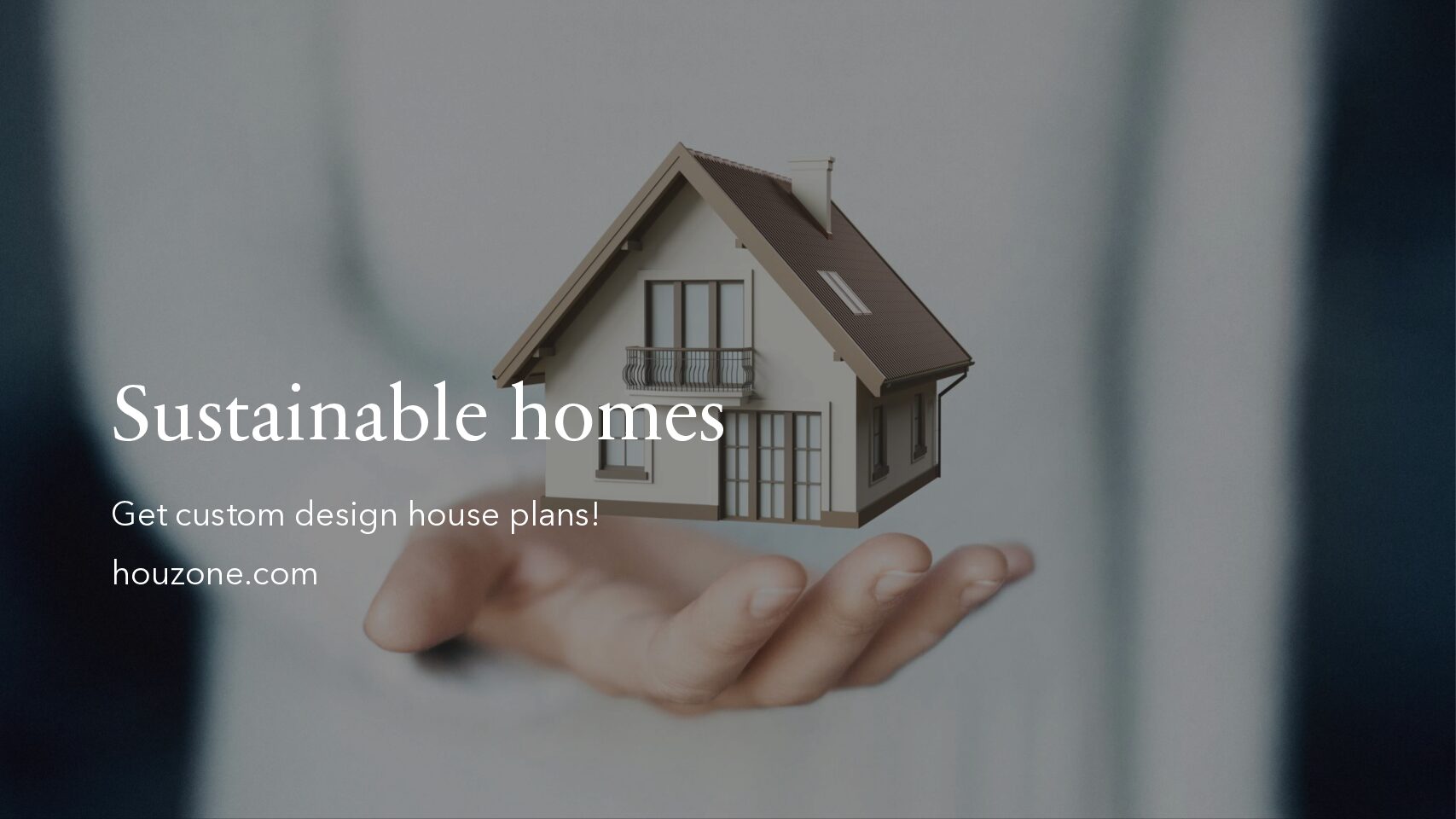
Sustainable houses through design
We can reduce the negative impact on our environment through sustainable house designs by getting custom-designed plans according to the local climate—a small list of things you might want to check before starting the design process.
Design requirements – Need or Want
Start by listing and identifying spaces as a need instead of a want. For example, spaces like a Kitchen, bedroom, hall and toilets are a need and spaces like a family room and entertainment room area a want. So having a conscious thought on how much you use the space to the number of people in the house has to be considered.
Size of the house
Building a smaller house can reduce the cost of materials and energy needed for heating and cooling. In addition, maintaining a smaller home is easier than a bigger house. So don’t go overboard with the spaces just to be in tune with the current trends.
Orientation of the house
Design the house to maximise natural light and ventilation depending on the location. Careful planning of the window’s location can help let more sunlight inside. Sunshades and canopies also significantly reduce overheating of the walls and protect them from rain as per the seasons. These passive techniques and features are helpful in building a sustainable house design.
The layout of the house
Compact houses are more efficient than spread-out layouts; larger layout buildings will have more heat loss and less efficiency than compact houses. For example, a 3000sft built-up area with a two-storied home of 1500sft would be more energy efficient than one floor of 3000sft.
Materials used for construction
Use local materials for a sustainable house, source from local or, if possible, get recycled materials like steel, glass, bricks, wood, doors and windows; just about any product in your home could come from recycled materials.
Energy-efficient fittings and fixtures
Using energy-efficient star-rated appliances and equipment is the easiest cost-saving method. LED Lighting, for energy saving, may be expensive initially but are cost efficient in the long run. The plumbing fixtures are to be of low water usage to control water wastage. Split heat and air conditioning systems are more helpful as they run individually per room usage. Try using new solar or infrared heating technology for a more efficient house.
Rainwater collection
Why waste precious water? Divert and collect rainwater in a tank, purify and use recycled water for landscaping or flush toilets.
Landscaping
Plan for a vegetable garden, and engage yourself with gardening. Trees and plants not only reduce pollution but also sustain birds and other smaller living things that are important to the ecosystem. Get plants inside; indoor plants can help improve the air quality and also be pleasing to the eyes, calming our minds and body.
Not only is building a house with quality materials and construction techniques necessary it is also essential to maintain the house. Make the house as per the climate and environment needs rather than going for style.
Visit houzone.com and ask our Architect for More information.
Ask an Architect
